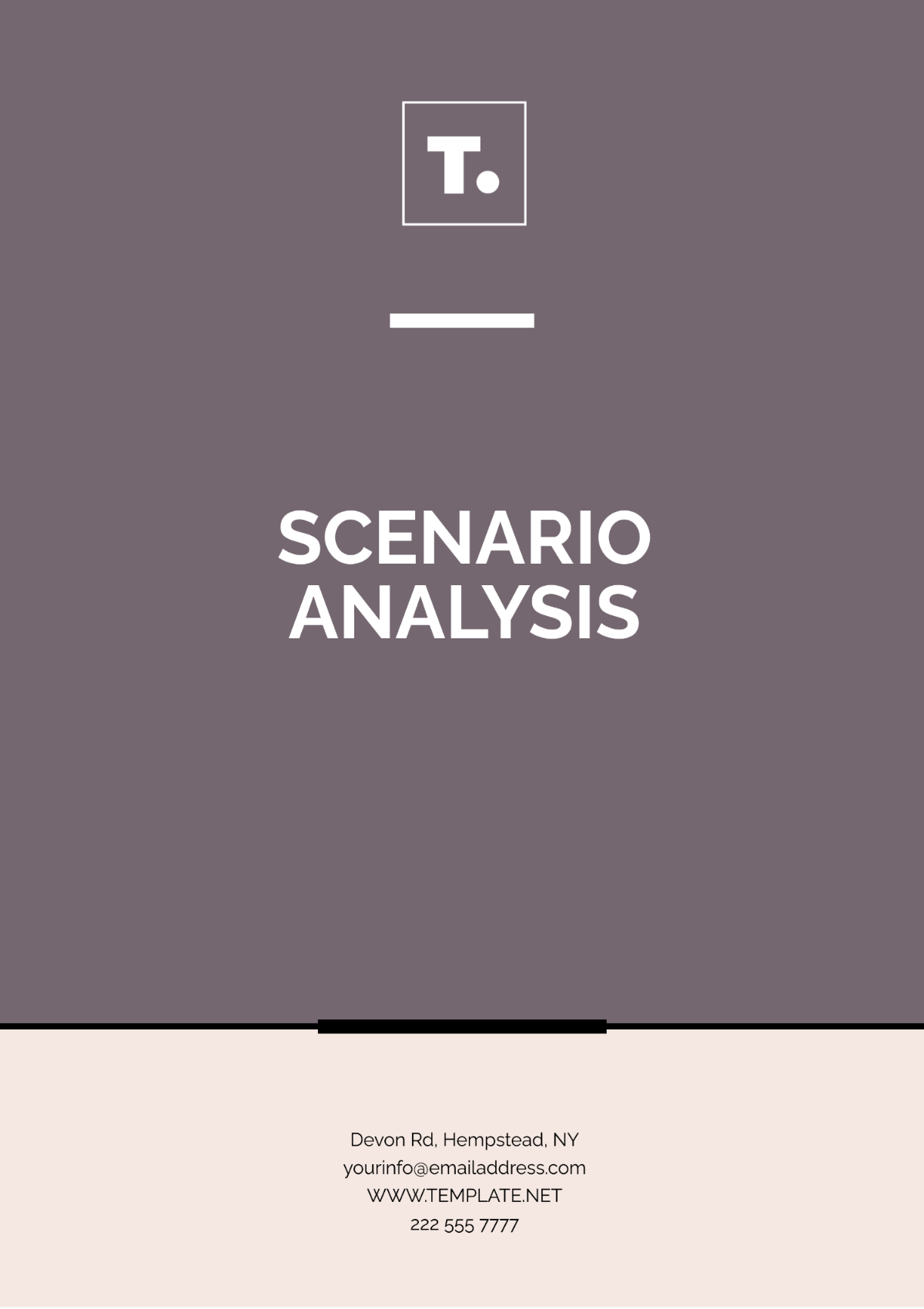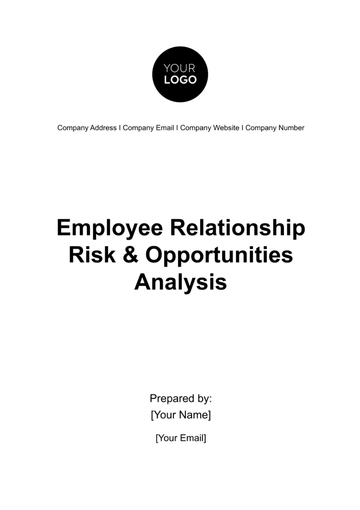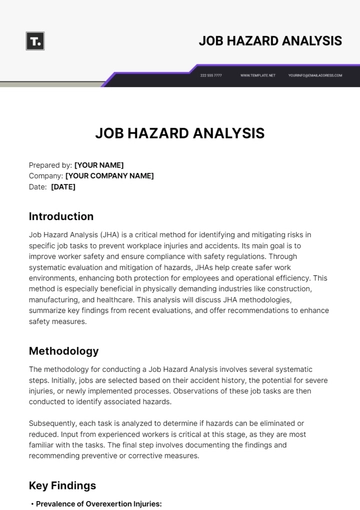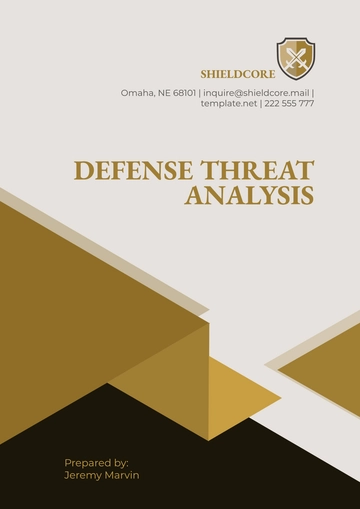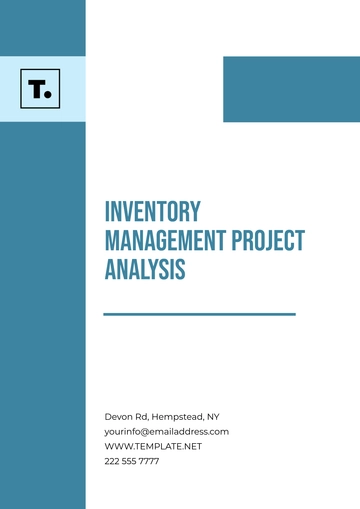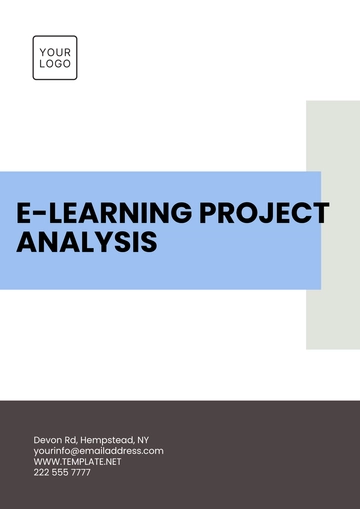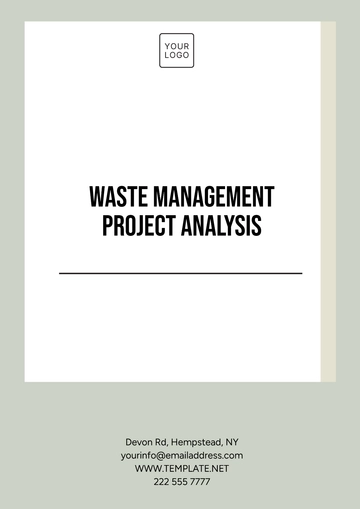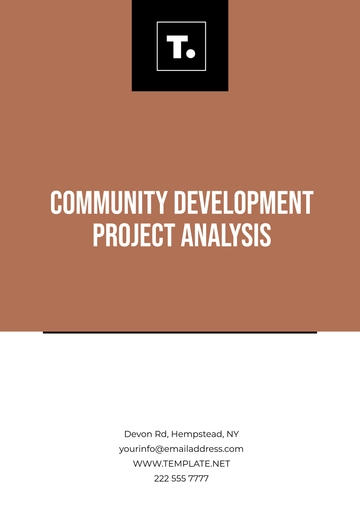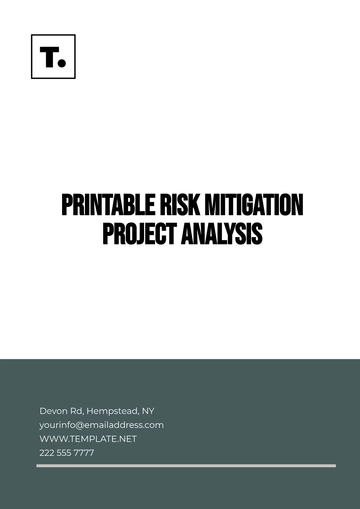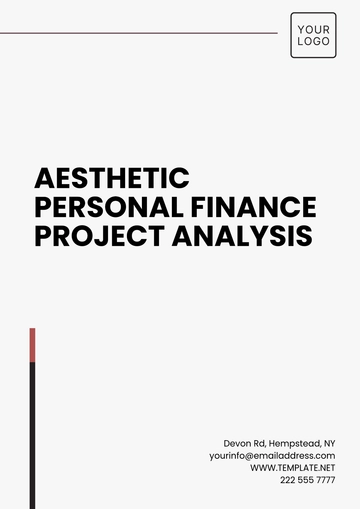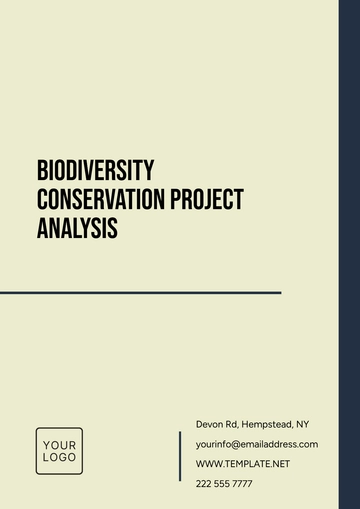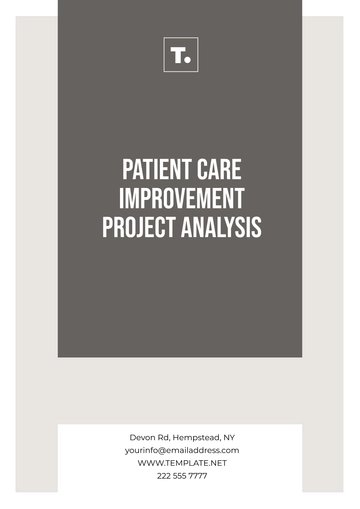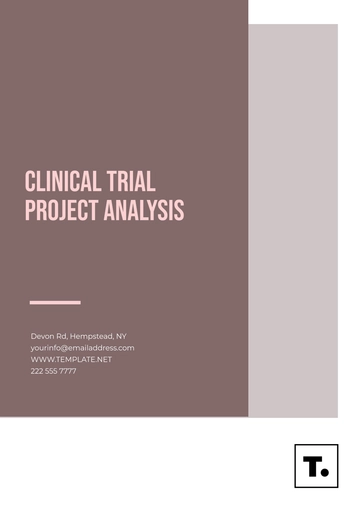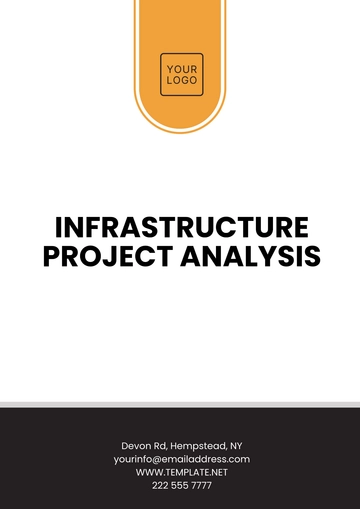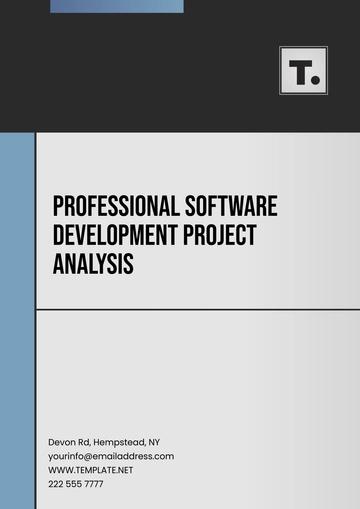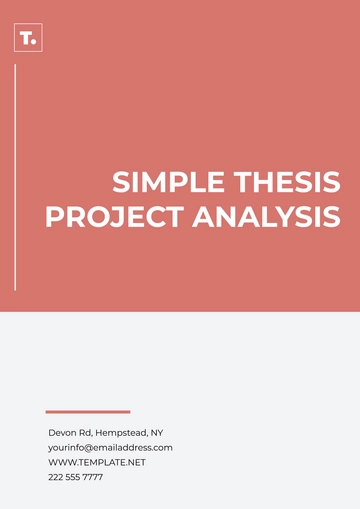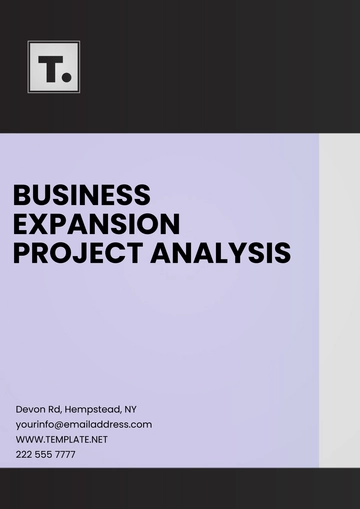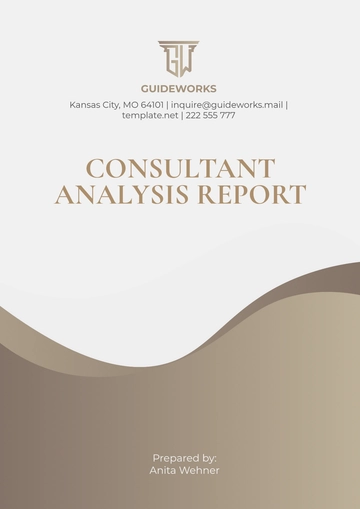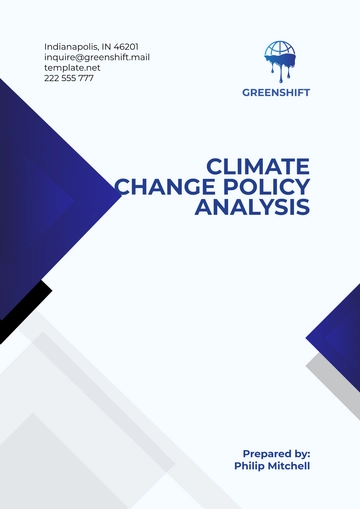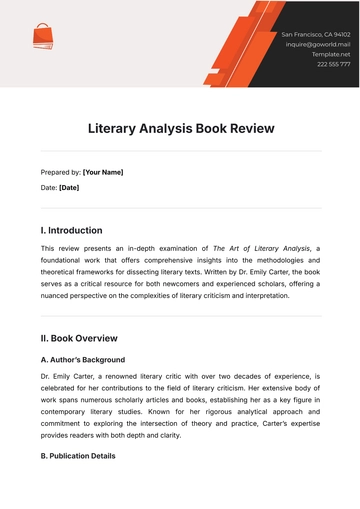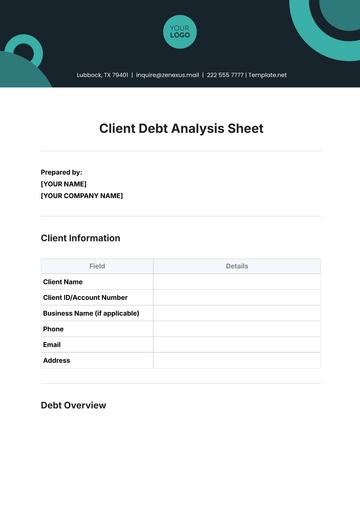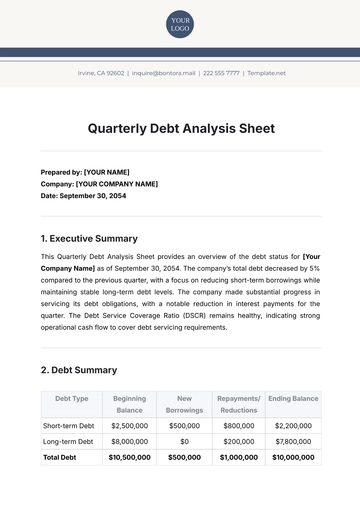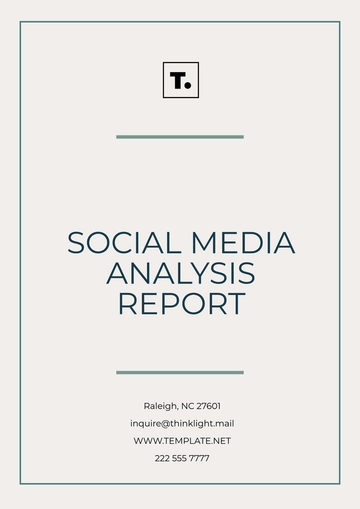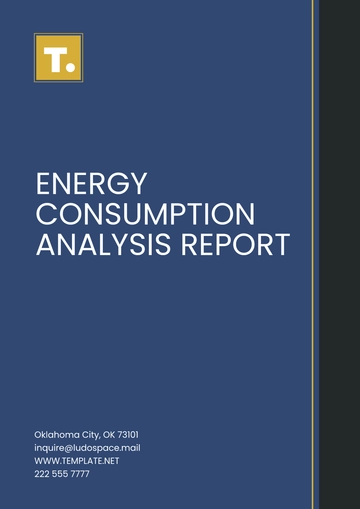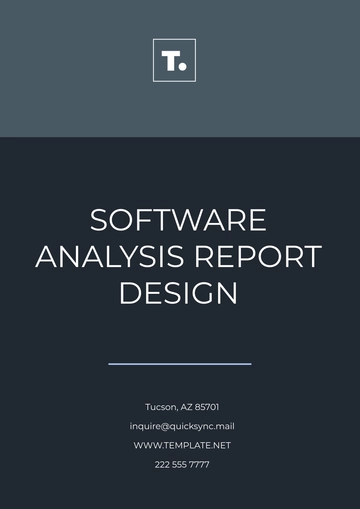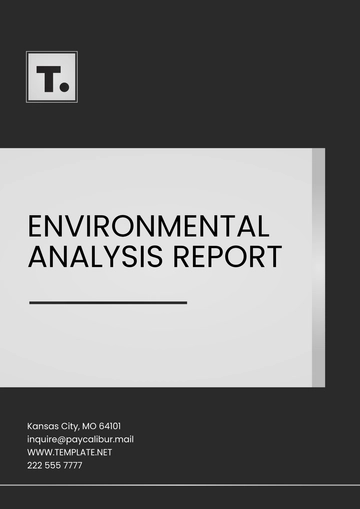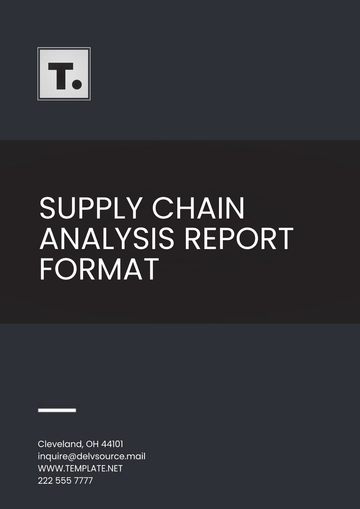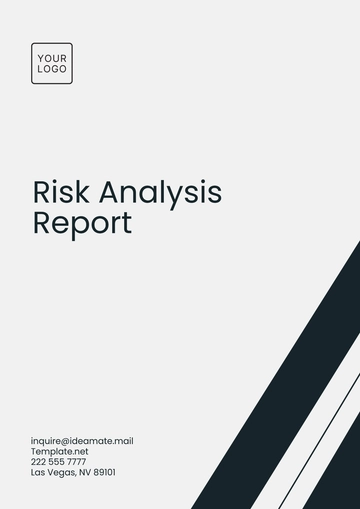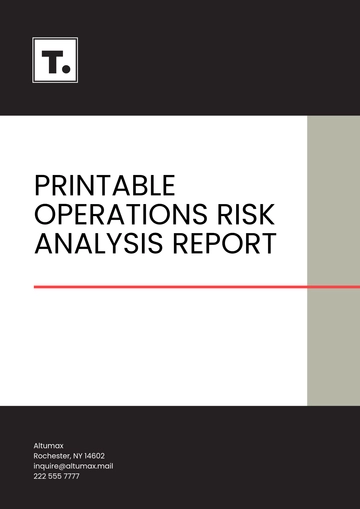Scenario Analysis
I. Executive Summary
In 2060, [YOUR COMPANY NAME] faces an increasingly competitive and evolving business landscape due to rapid technological advancements, shifting consumer preferences, and regulatory challenges. This scenario analysis identifies and evaluates potential future scenarios that may impact the company’s growth and sustainability. The analysis covers best-case, worst-case, and most likely outcomes, outlining the implications of each for the company’s strategic decision-making.
II. Objectives of the Analysis
The primary objective of this scenario analysis is to provide a structured framework for assessing potential future risks and opportunities that may influence [YOUR COMPANY NAME]’s operations in 2060. The analysis aims to:
Anticipate potential external and internal factors affecting business performance.
Guide strategic planning and risk management.
Ensure readiness for different market environments.
III. Key Assumptions
To establish the foundation of this scenario analysis, we make the following assumptions for the 2060 horizon:
Technological innovation continues at an exponential rate, influencing all aspects of production, sales, and customer engagement.
Climate change and environmental sustainability remain core regulatory concerns.
Consumer preferences shift towards more personalized and experience-driven products and services.
The global economy remains interconnected, but geopolitical tensions fluctuate, influencing trade policies.
IV. Scenario 1: Best-Case Scenario – "Market Expansion and Technological Dominance"
In this scenario, [YOUR COMPANY NAME] takes advantage of cutting-edge technologies such as artificial intelligence (AI), quantum computing, and sustainable energy innovations to establish itself as an industry leader. Significant market expansion occurs in regions previously underdeveloped, with rapid digitalization enabling new customer acquisition and increased operational efficiency.
A. Key Developments
B. Implications for the Company
V. Scenario 2: Worst-Case Scenario – "Regulatory Crackdown and Market Saturation"
In this scenario, [YOUR COMPANY NAME] faces significant challenges due to increasing regulatory pressures, a saturated market, and slow adaptation to changing consumer demands. The company's reliance on outdated technologies and resistance to sustainable practices result in declining sales and increased operational costs.
A. Key Developments
B. Implications for the Company
VI. Scenario 3: Most Likely Scenario – "Sustainable Growth with Moderate Challenges"
In the most likely scenario, [YOUR COMPANY NAME] experiences steady growth driven by a balance between adopting new technologies and meeting regulatory demands. While there are challenges, the company remains competitive through careful strategic planning and moderate risk-taking.
A. Key Developments
B. Implications for the Company
VII. Key Drivers and Uncertainties
Several drivers and uncertainties are expected to shape [YOUR COMPANY NAME]’s future in 2060:
VIII. Strategic Recommendations
To navigate the potential scenarios in 2060, [YOUR COMPANY NAME] should consider the following strategies:
Invest in Innovation: Allocate resources to research and development, particularly in AI, automation, and green technologies, to stay ahead of competitors.
IX. Conclusion
This scenario analysis provides [YOUR COMPANY NAME] with a framework to anticipate and plan for various future outcomes in 2060. By understanding the potential risks and opportunities, the company can position itself to thrive in an increasingly dynamic and competitive environment. Effective strategic planning, adaptability, and innovation will be key to ensuring long-term success.
Analysis Templates @ Template.net
